This summer, a Swedish oceanography team will participate in the PS106 expedition on board the German research vessel Polarstern in the Arctic Ocean.
Oceanography in the Arctic Ocean
22 May 2017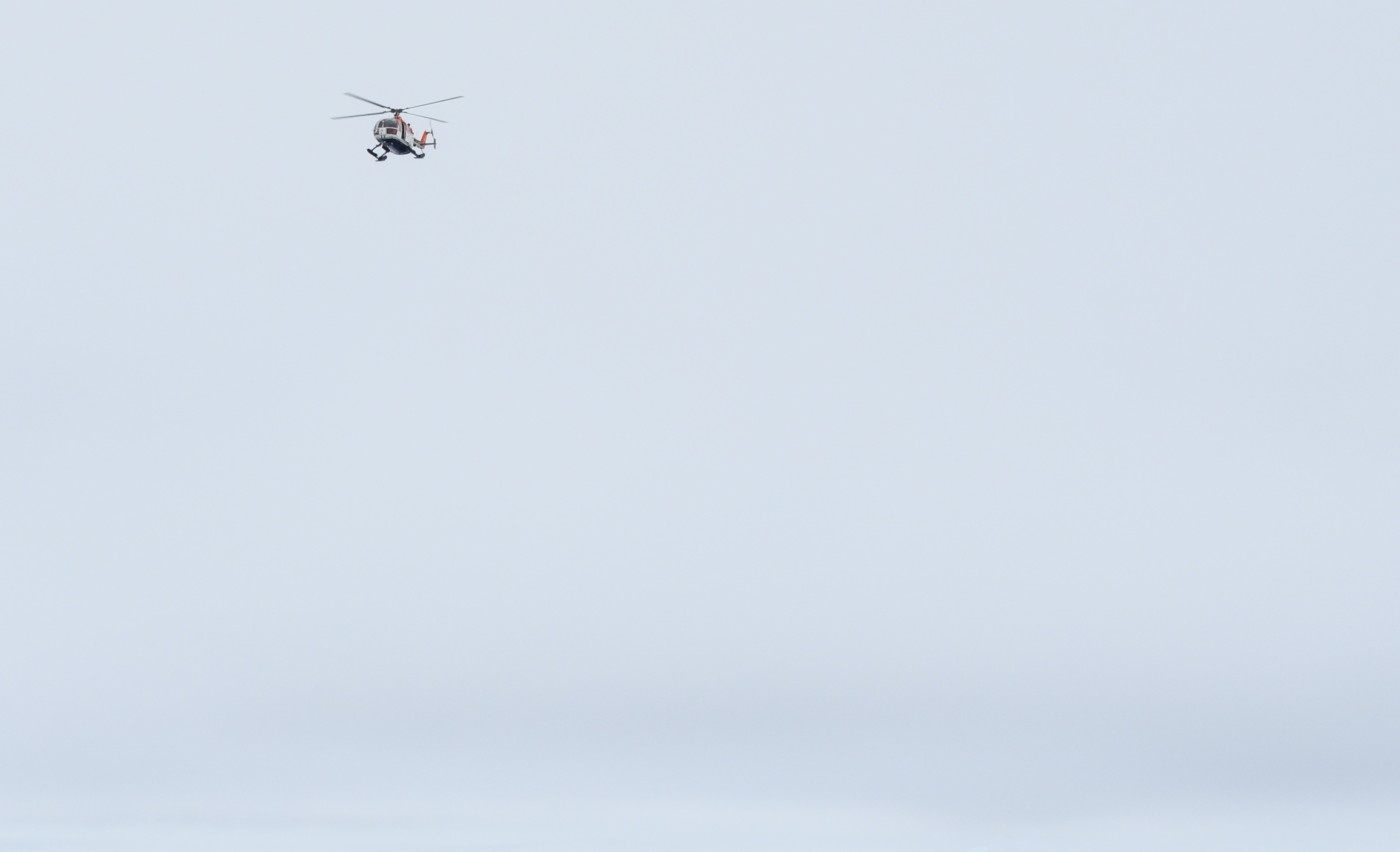







This summer, a Swedish oceanography team will participate in the PS106 expedition on board the German research vessel Polarstern in the Arctic Ocean.
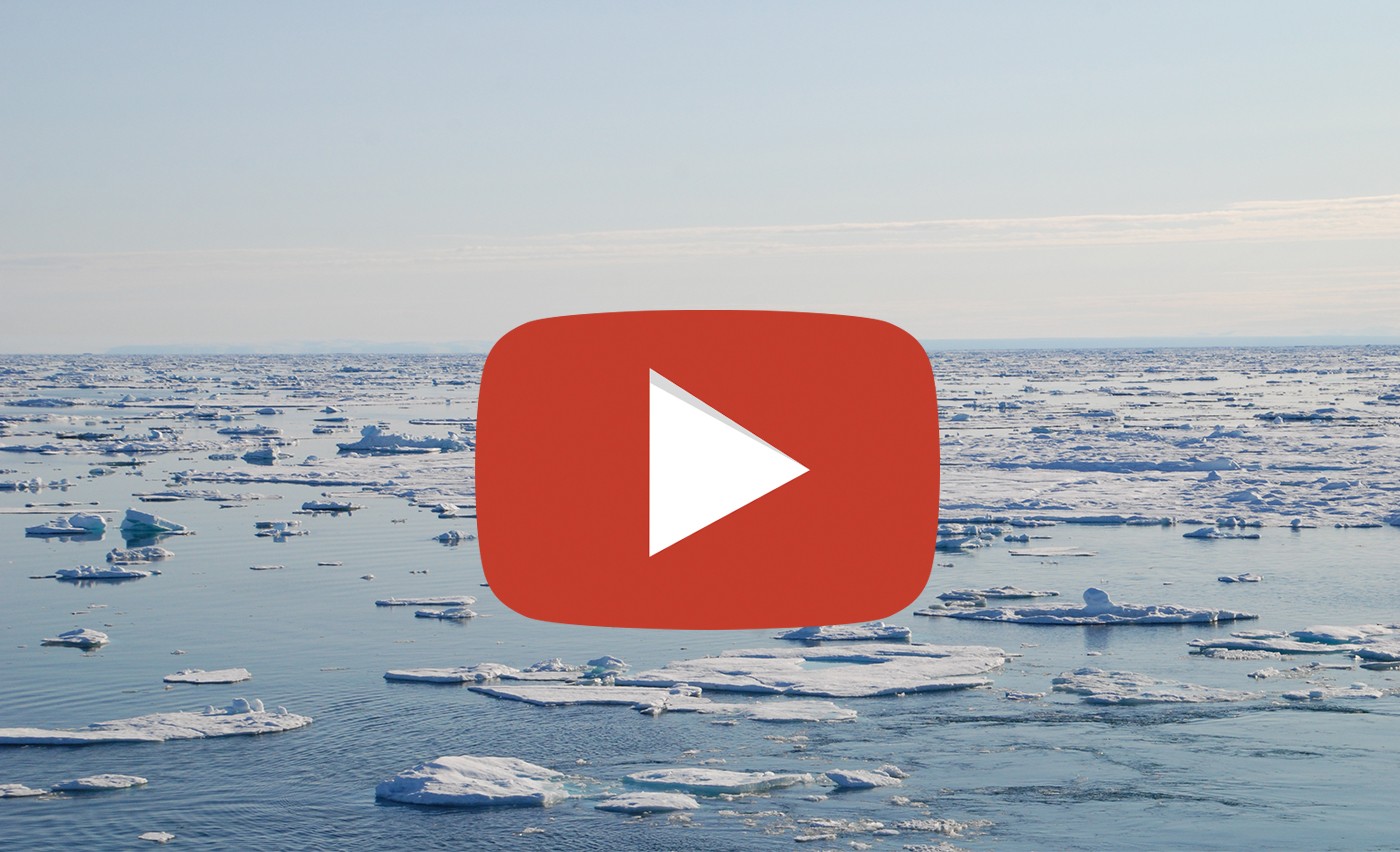
Each year several tonnes of mercury end up in the Arctic Ocean. This mercury is transported from more southerly latitudes with the wind. In the Arctic it is converted into methyl mercury.
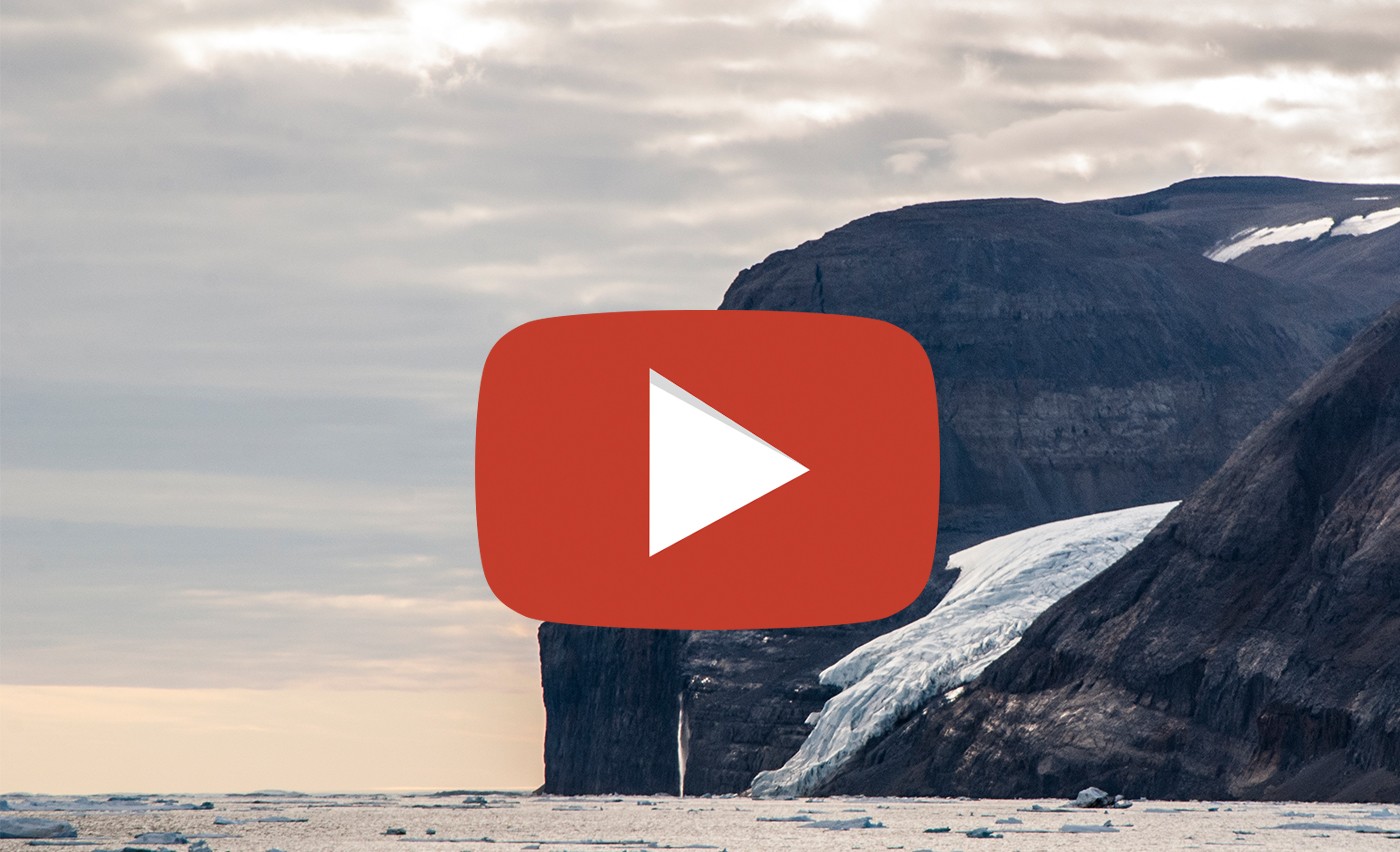
The Petermann 2015 expedition is a perfect example of how we study iconic systems. Whats interesting with this place is that it has an floating ice shelf that protects the glacier that extends deep into Greenland's interior, some sort of the drain of Greenland.
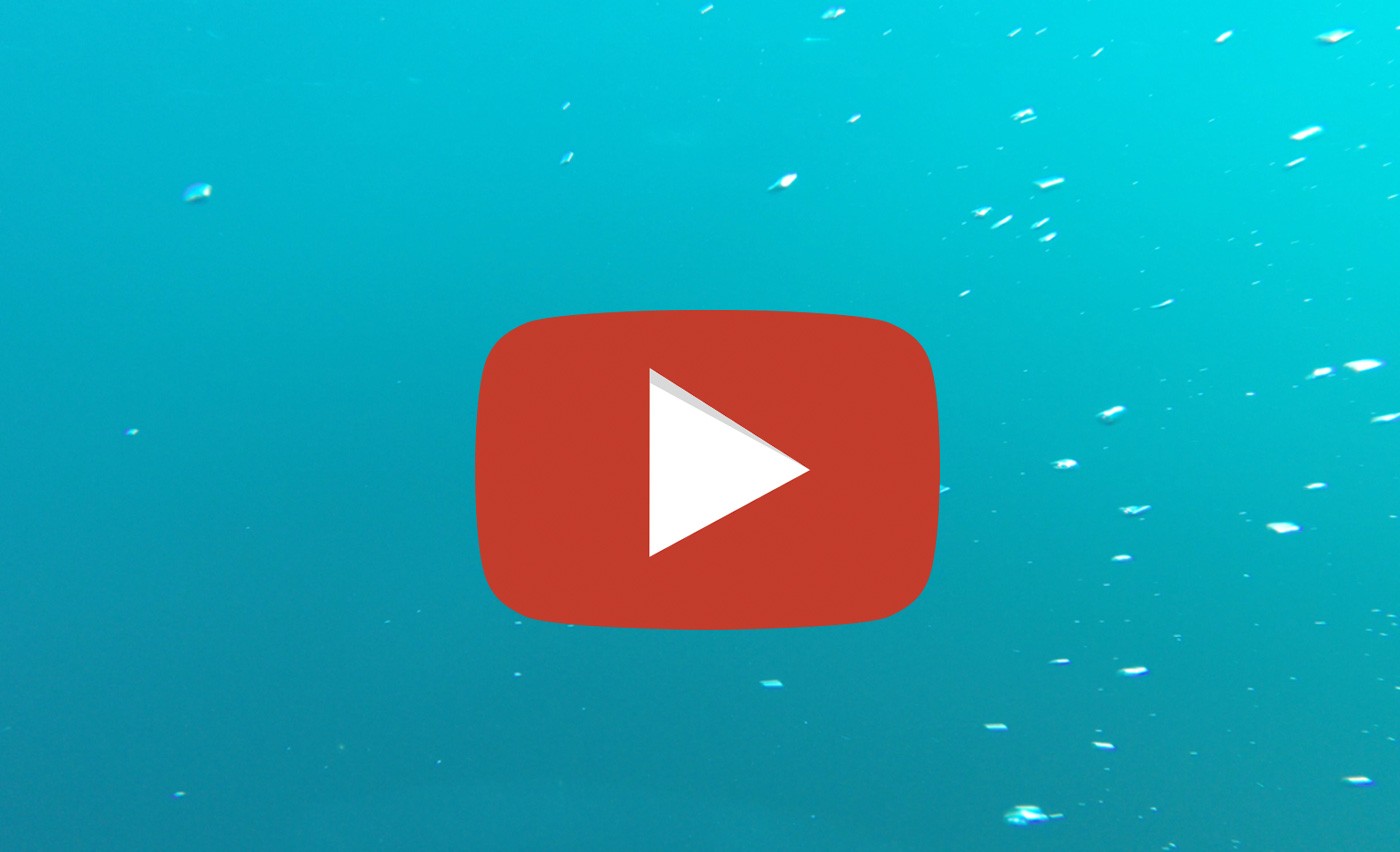
Stockholms universitet har producerat en film om den internationella forskningsexpeditionen SWERUS-C3 med isbrytaren Oden i Arktiska oceanen.
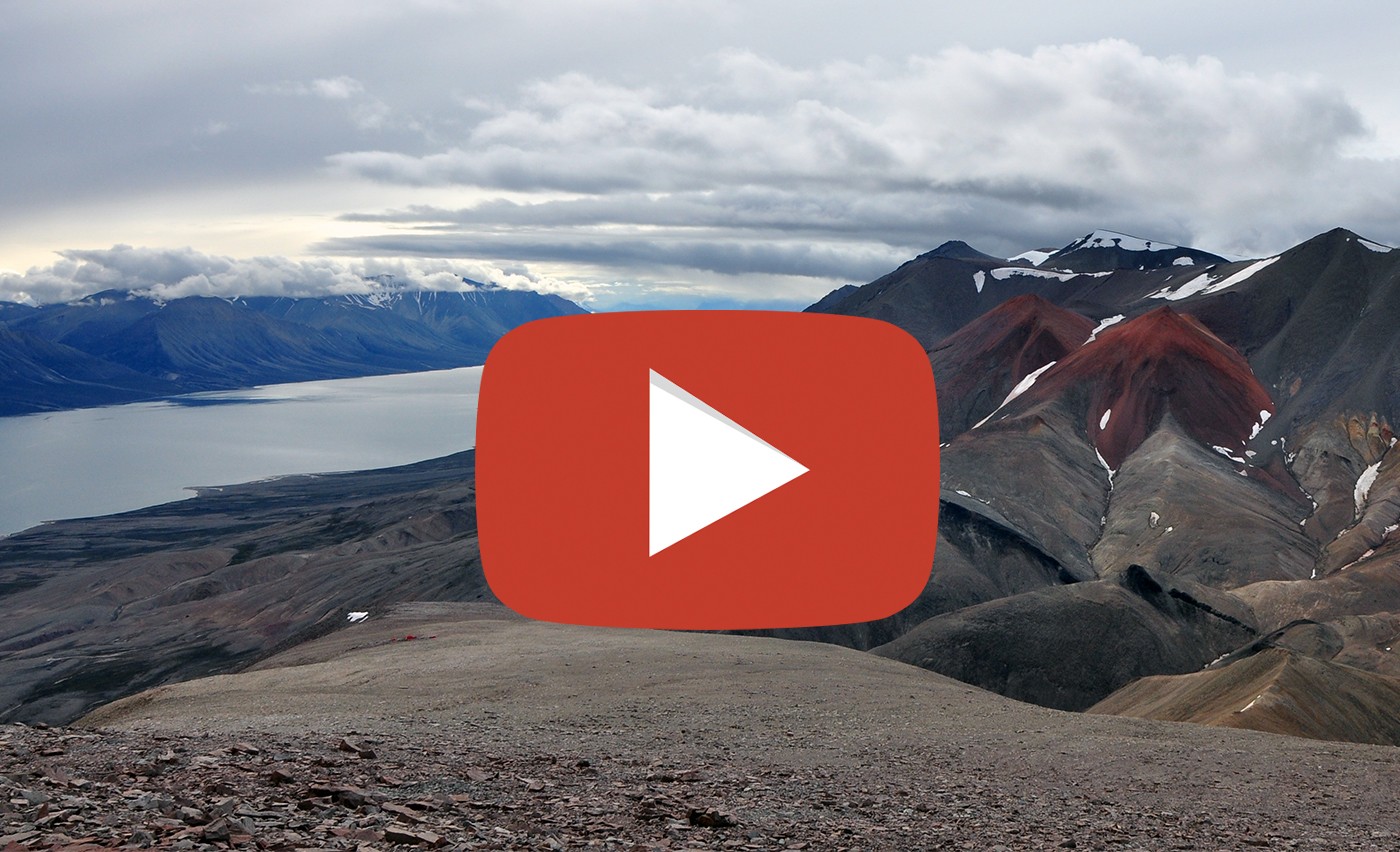
The first of these adaptive radiations ocurred 370 million years ago, when the earliest tetrapods modified their fins into legs and emerged onto dry land. By 250 million years ago this process had reversed, and the tetrapod walking limb was once again remodeled into a fin for a return to life in the sea. But what was it that drove vertebrates to leave the water 370 million years ago? And why did some reptiles return to the water 150 million years later?
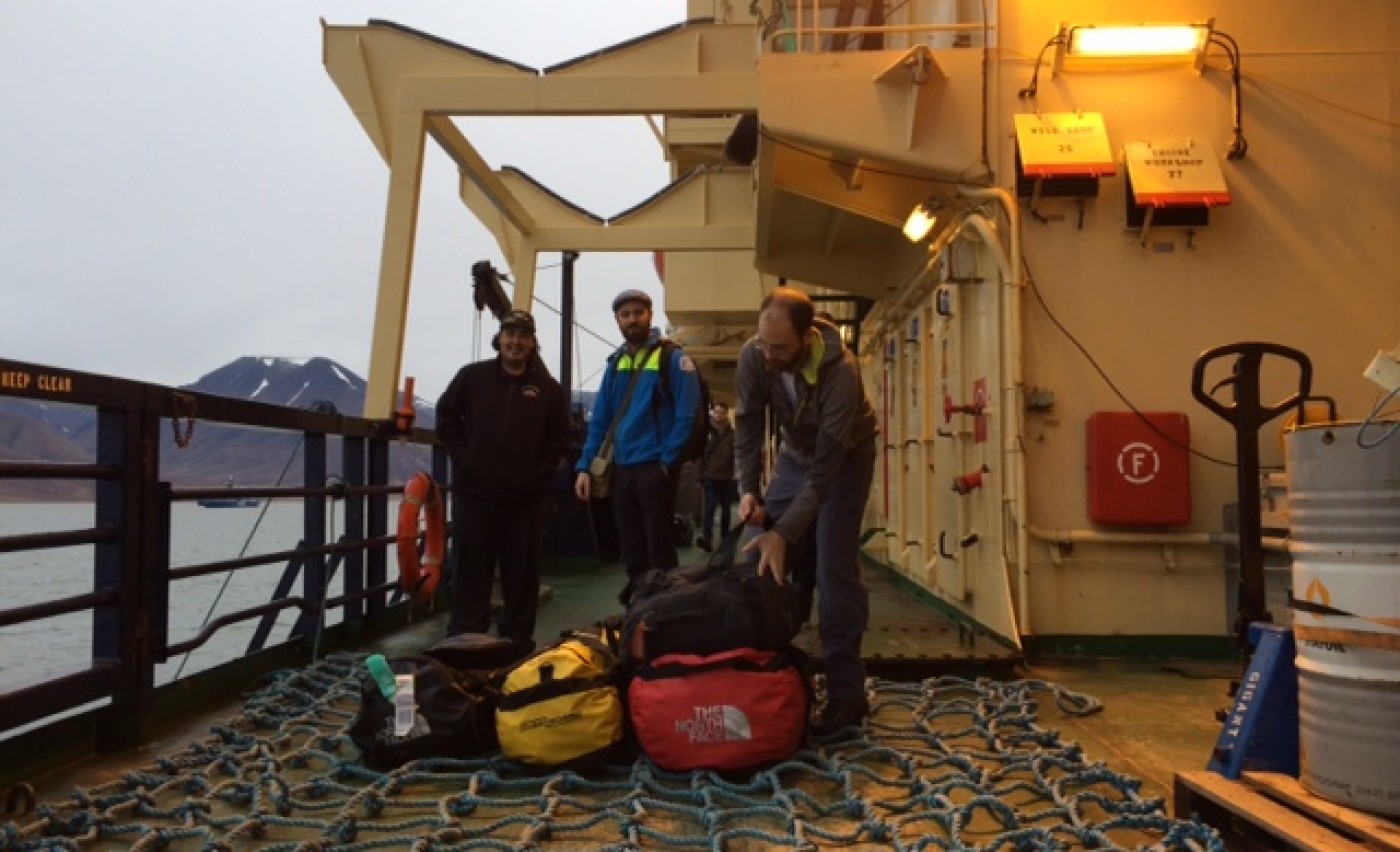
Back in Longyearbyen after six weeks. We ended the expedition with some rough waters from the ice edge down to Longyearbyen.
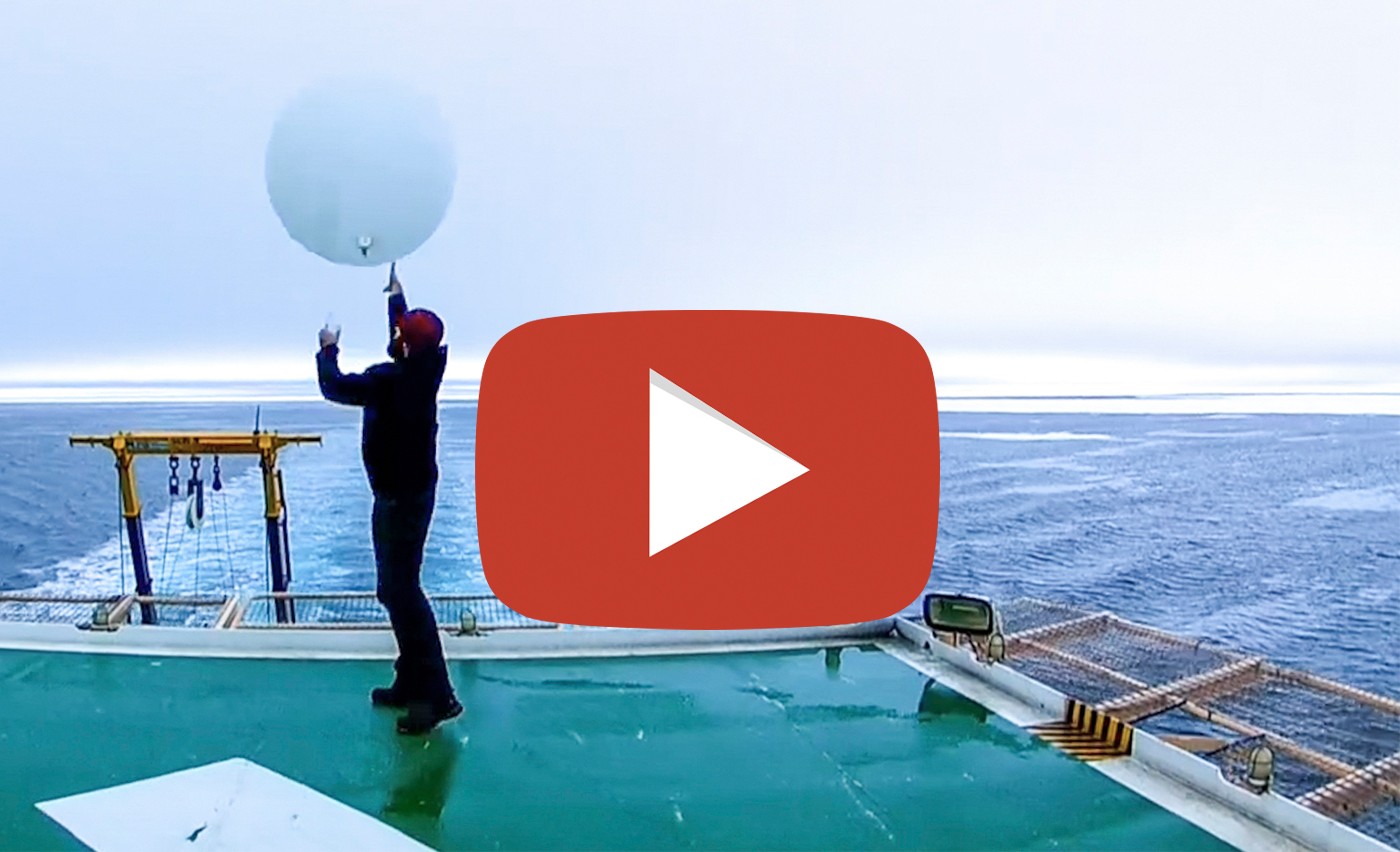
Atmosphere scientists on board icebreaker Oden uses weather balloons to make measurements in the air. The measurements can be used for e.g. making weather forecasts.
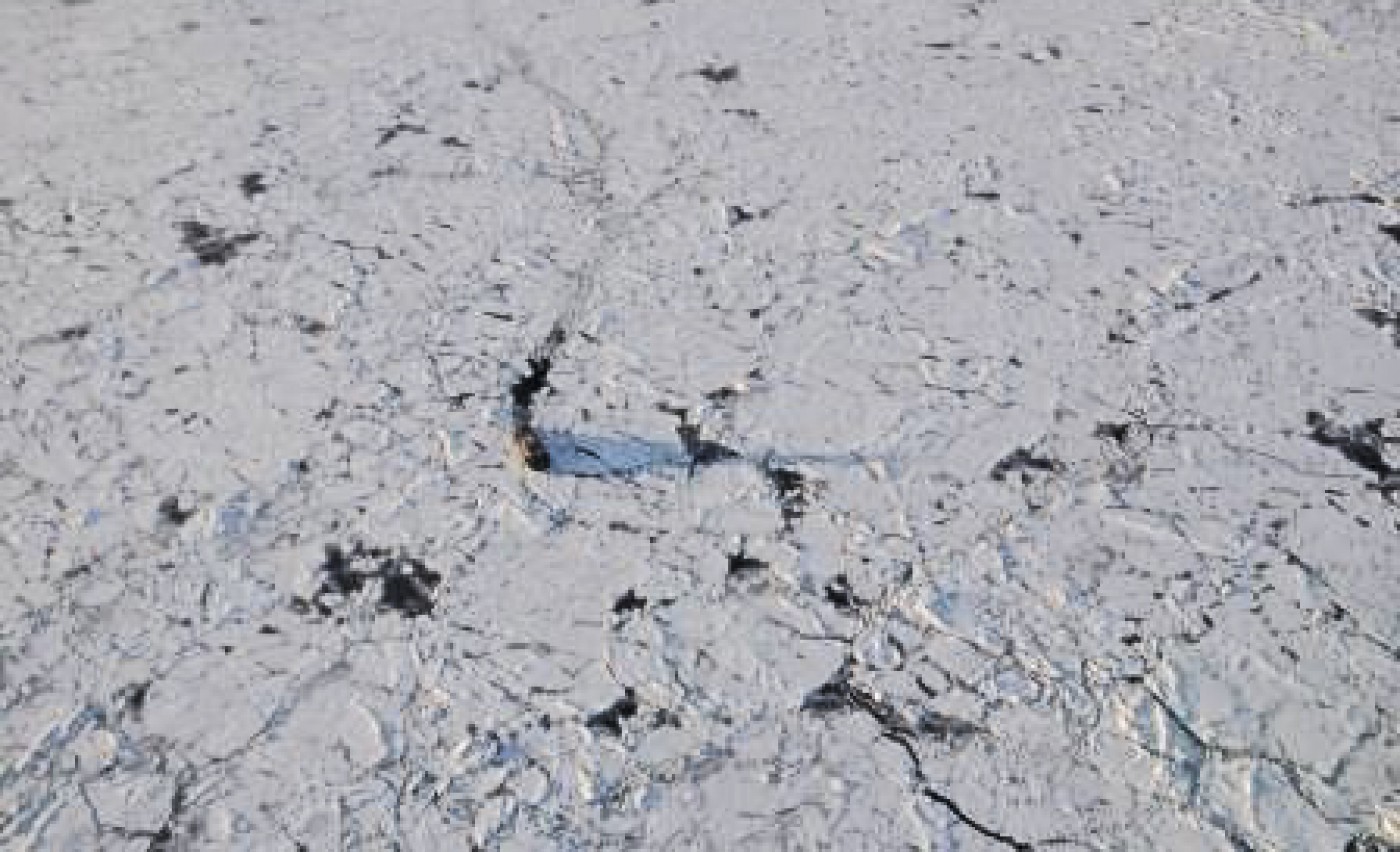
Nu är vi på väg söderut genom isen ner mot Svalbard och i takt med att vi närmar oss iskanten blir det alltmer liv omkring oss.
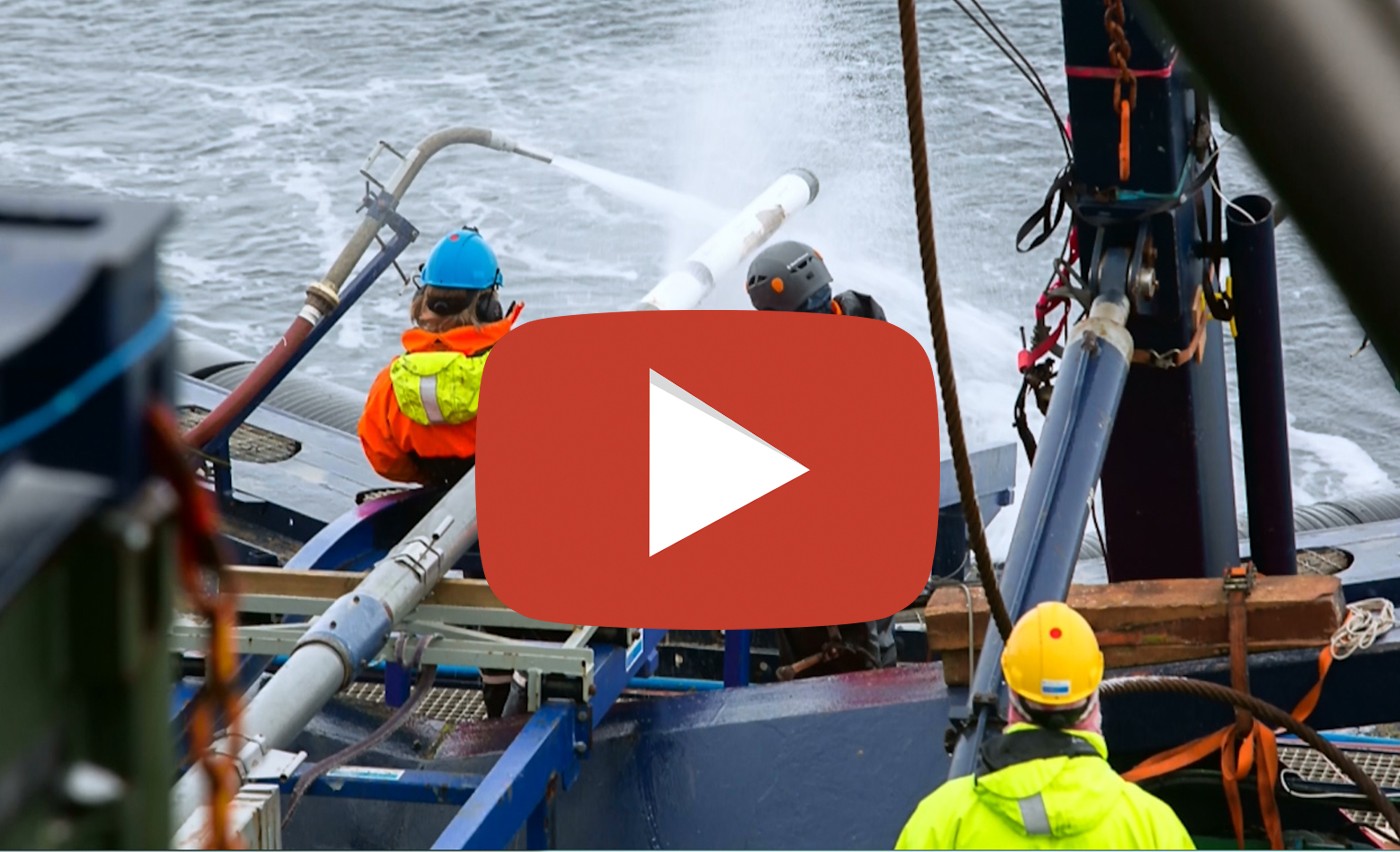
Nicke Juuso work as the expedition meteorologist during the expedition Arctic Ocean 2016. In this video he shows what the scientists are doing on board the icebreaker Oden and why they have gone all the way up to the Arctic Ocean.
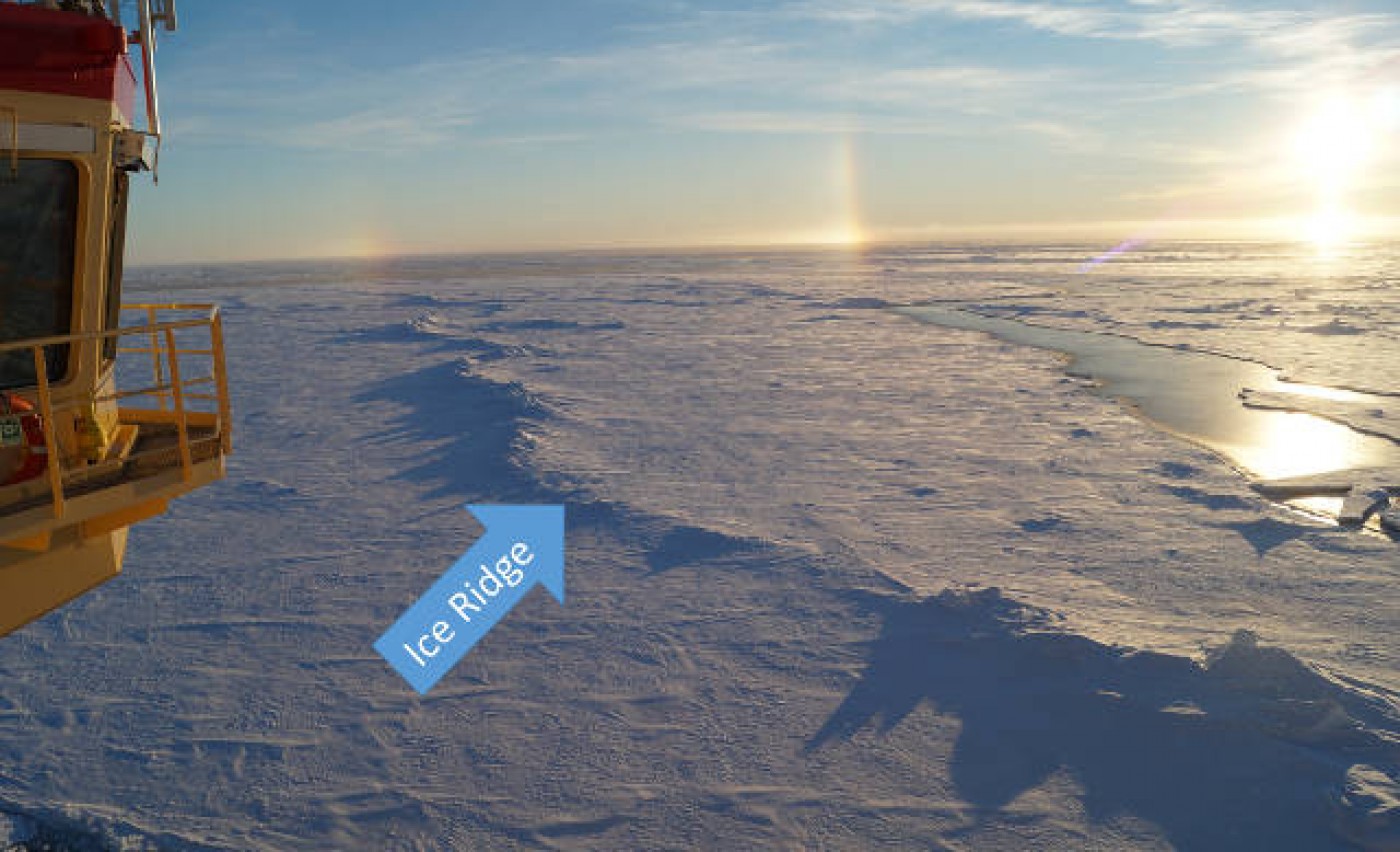
Ice is a complicated and very fascinating material. If you freeze water at home in a freezer, you get a very solid ice cube, that is wonderful to use in a cold drink. This is already the first surprising property of ice; it swims on top of water.
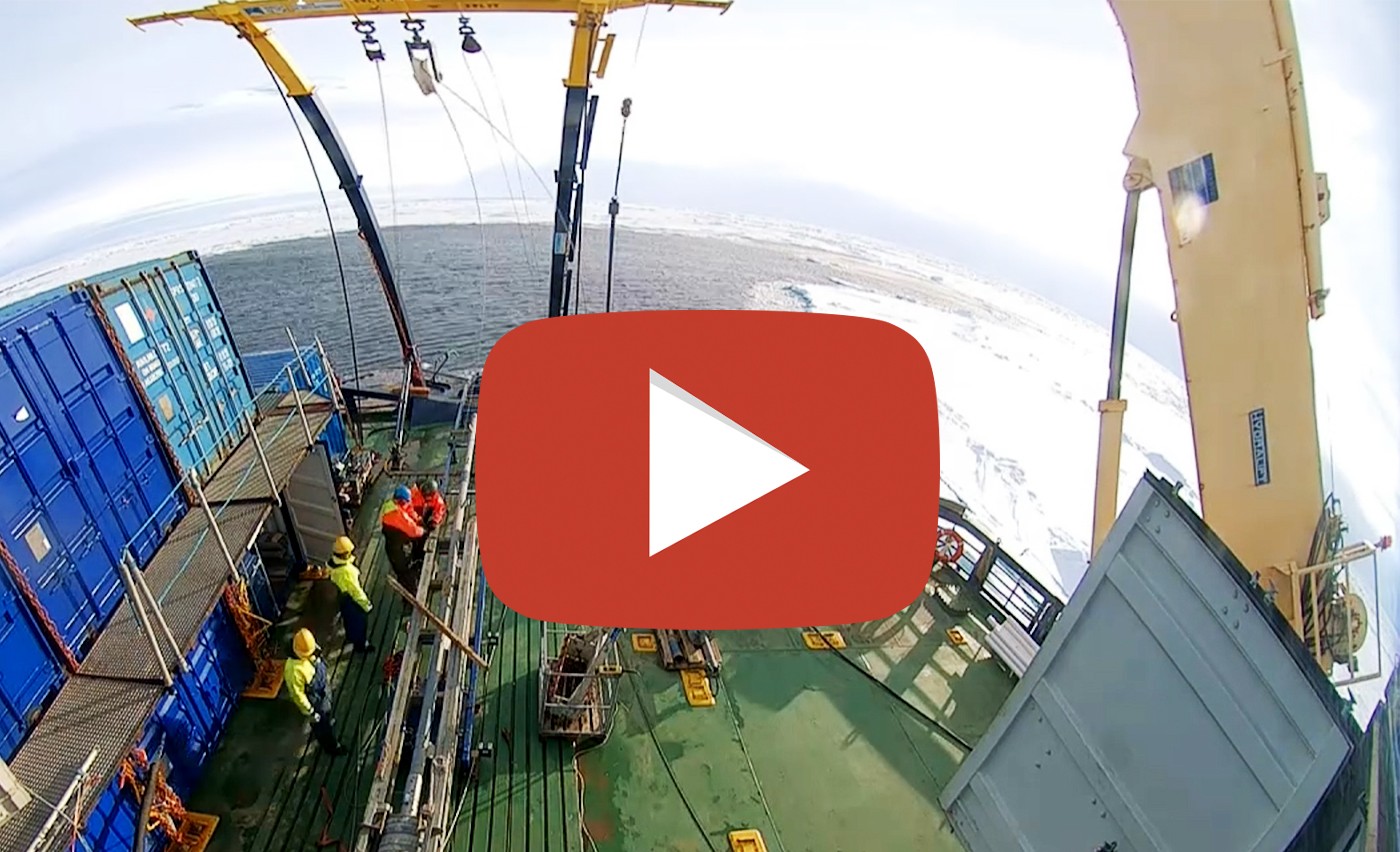
The sediment on the sea floor is like an archive, it reveals past environmental conditions in the the Arctic history. The researcher Grace Shephard is now on board icebreaker Oden on the Arctic Ocean 2016 expedition, and she explains how they collect samples of sediment to be able to see what the Arctic conditions was millions of years ago and how it has changed until today.
Summer in the central Arctic Ocean is usually overcast and grey, with low cloud or fog being present for more than 90 % of the time. Occasionally, however, the sun does come out, and when it does it can sometimes be spectacular.
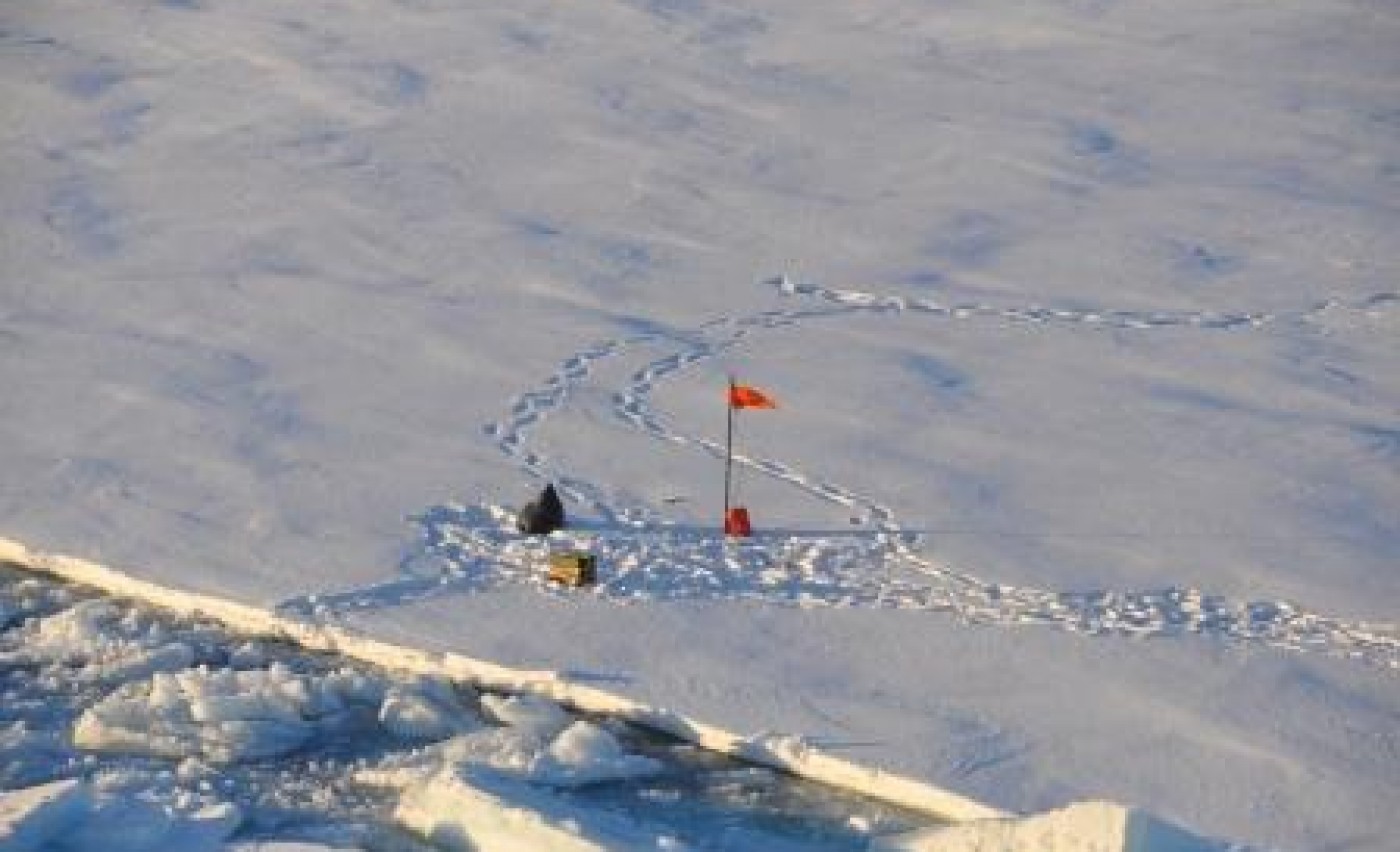
Planeringen av en polarexpedition är lite som att lägga ett pussel med oändligt många bitar. En del bitar är stora och påtagligt dominanta, men ofta hänger en lyckad expedition på att man även lyckas få med de små bitarna in i helheten.

Part of the meteorological work package on board Oden involves measuring the properties of aerosols, i.e. tiny particles suspended in the air. Aerosols are very important for the climate because they act as nuclei on which cloud droplets and ice crystals form.
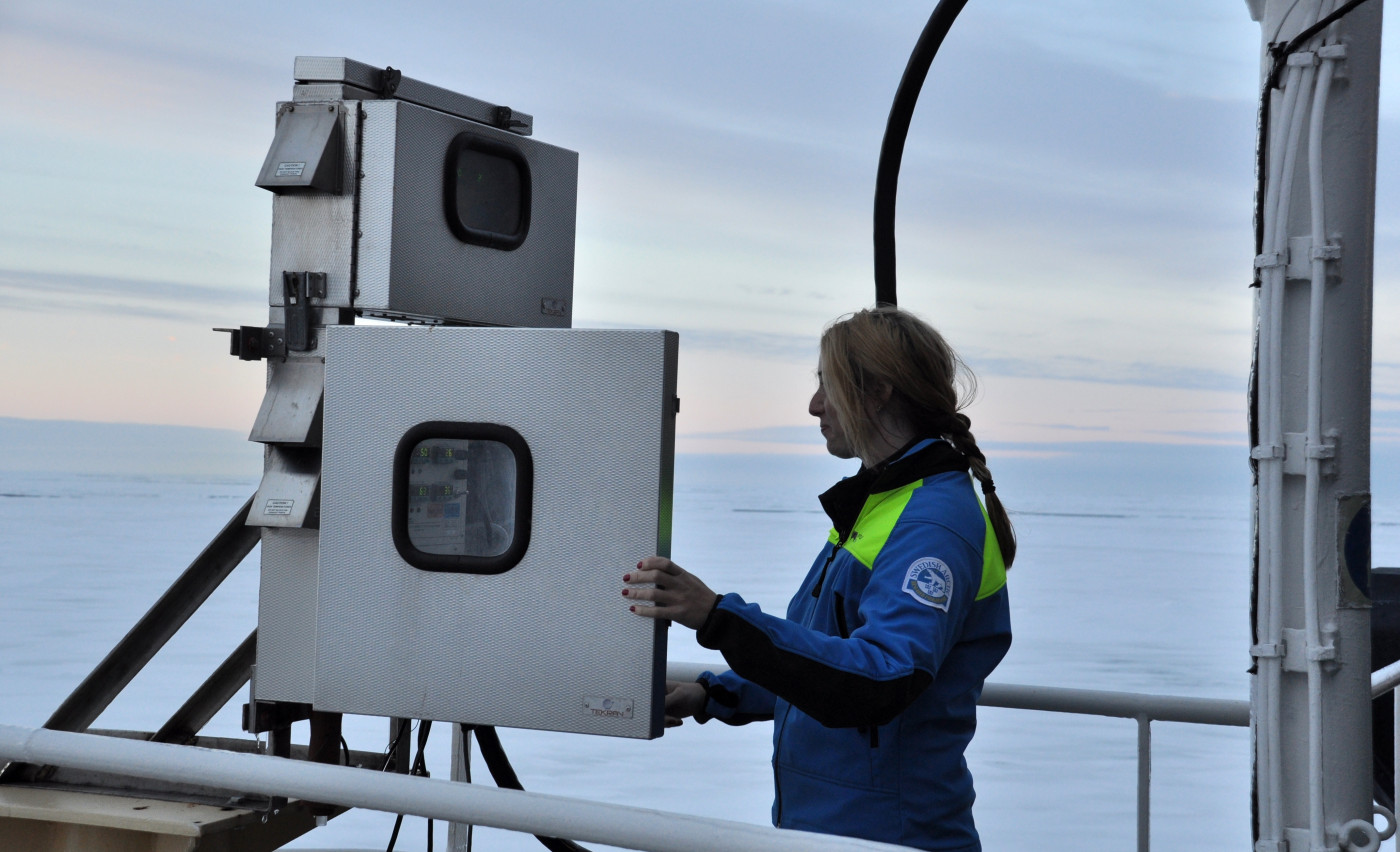
The ship which was deserted earlier this morning was now more alive, and people were milling around with a little excitement or expectation showing on their faces. Apparently we may have the chance to get aboard the Louis.

Meteorologen Nicke Juuso berättar vad han gör på isbrytaren Oden under Arctic Ocean 2016.
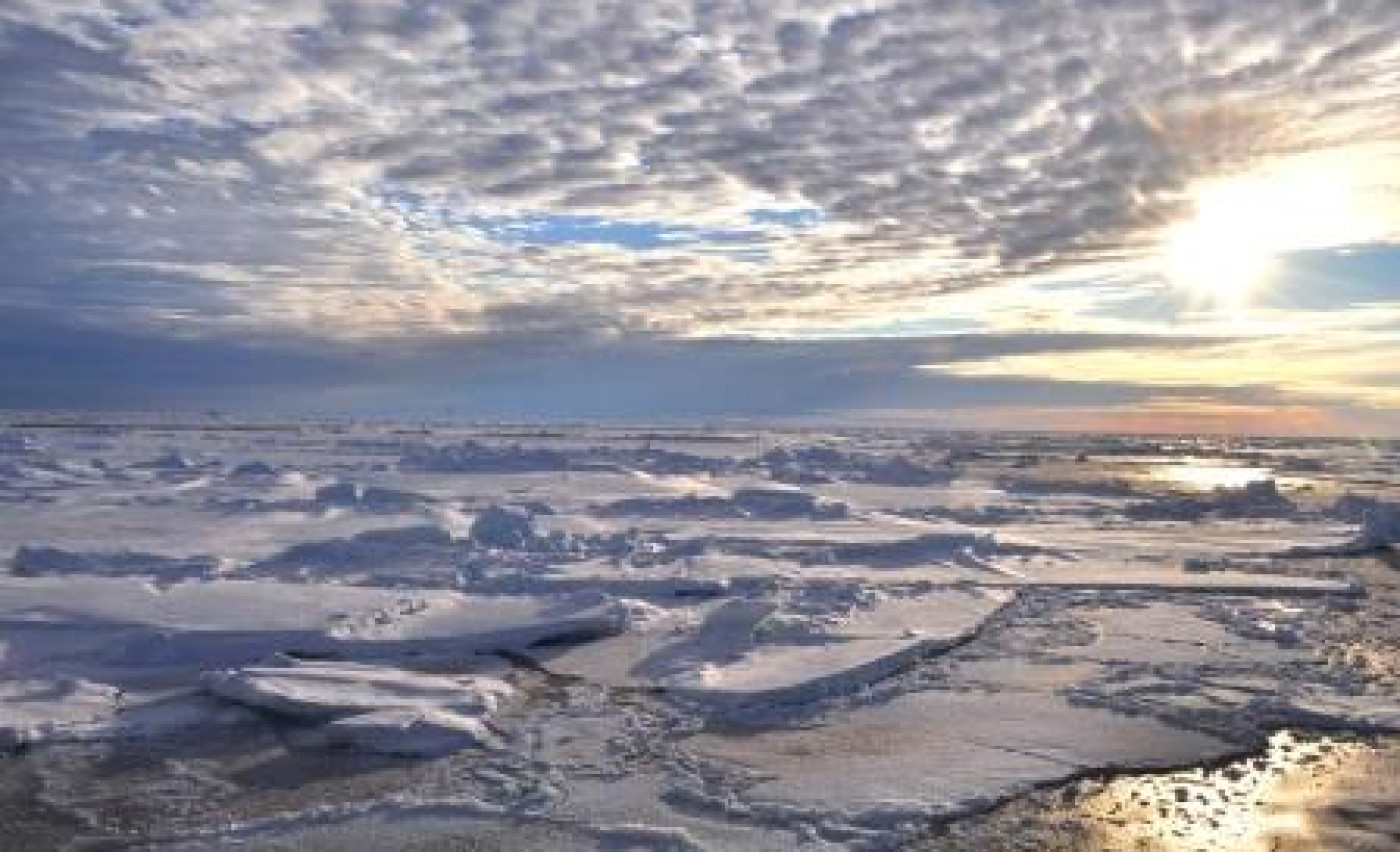
The last couple of days, we have been busy with seismic lines. This means that Oden is breaking ice in straight lines through heavy, massive ice with ridges while the Canadian icebreaker Louis S. St-Laurent is following and shooting off seismic signals.
As part of our research programme during the Arctic Ocean 2016 expedition we were planning to launch meteorological radiosondes every six hours, with the data being used both for research and sent to the EUMETNET service for use in initialising forecast models. Unfortunately, the receiver of the sounding system failed at the beginning of our expedition.
Everyone on board, 67 persons, gathered on the bridge to celebrate when the GPS came closer and closer to the latitude 90°N.
Today was probably the last day together in the field for the four of us. There may be some work tomorrow too, but the priority is to go through and sort/tag all fossils.